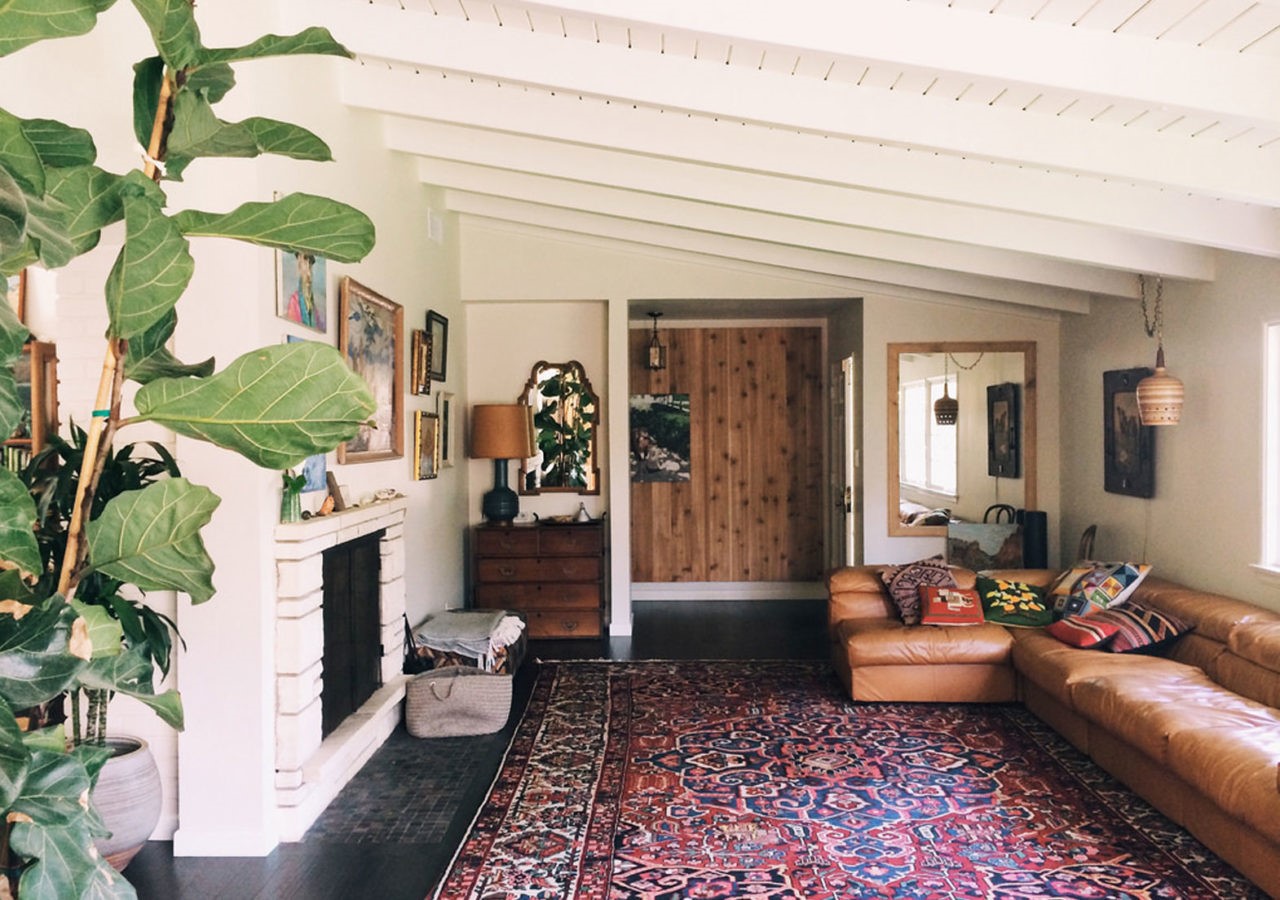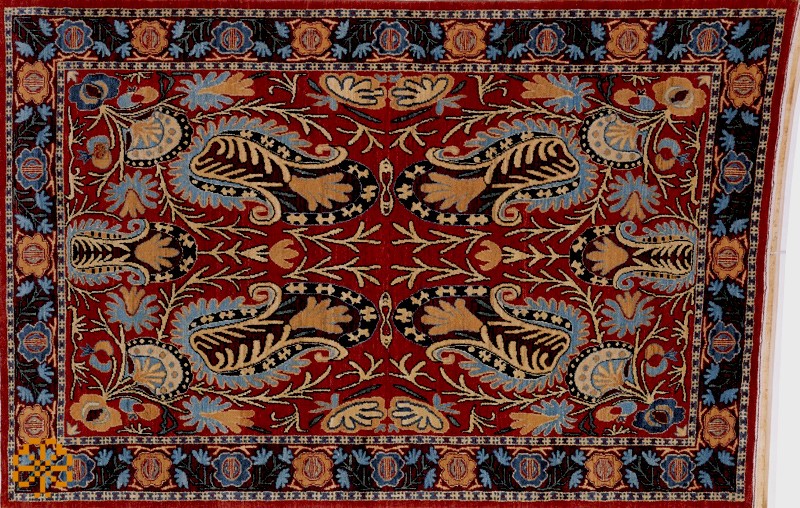If you want to make a long-lasting décor addition to your house, the best option is to go with a handmade Persian rug. These handmade rugs are built to last longer than other rugs and are frequently passed down through generations.
However, you should keep in mind that there may be some imperfections in the rug you purchase. That’s because no handmade rug ever created is without flaws.

What are Handmade Persian Rugs?
Persian rugs are one of the most prestigious types of rugs. Beautiful designs, remarkable craftsmanship, and exceptional durability have long been valued in these handcrafted works of art. These rugs give a timeless elegance to any room in which they are placed. They were first created in Iran but are now created in Pakistan, Afghanistan, and other countries as well.
Whether you're searching for a traditional rug to complement your formal dining room or a modern rug to add some global flair to your living room, you can't go wrong with a handmade Persian rug.
However, there may be some flaws in handmade rugs, the most important of which we have evaluated separately.
Here are some common imperfections in handmade Persian rugs and also their reasons:
- Wrong Weaving of the Rug
- Flawed Cutting of the Rug
- Empty Spaces in Design
- Defects in Terms of Colours
- White Spots Appearing on Rug
- Flawed Mirror Effect
- Ups And Downs in Fabric
- Difference In Color Intensity
Wrong weaving is unquestionably one of the most common flaws in handmade carpets, as seen in several examples.
First, understand what can go wrong with weaving?
The term wrong weaving is used when patterns like shapes or flowers and motifs do not keep their original shape and get some irregularity in designs.
In simple words when the design of the rug does not show symmetry it would be called miss woven and become a fault of that rug.
Another flaw of handmade rugs is the asymmetry of the corners, which you may have seen in many carpets and rugs. Rug slope occurs when one corner of the rug is higher than the other corners.
But what is the cause of this rug flaw and problem? It would be interesting to note that this difficulty appears right after the knitting and weaving job is completed.
Contrary to common perception, even cutting the carpet takes appropriate expertise and ability, and if this is not done correctly, the rug knots won’t retain their original shape.
Here’s how this flaw looks like:

This example of handmade Persian rug problems may be described as one of those specific situations that are difficult to spot at first glance and require extra caution to identify.
As you may be aware, the density of knots varies for each handmade rug, and the higher the density, the better the value and quality of your rug.
However, weavers may lower the number of knots in a rug in comparison to its size for a variety of reasons, resulting in a light, a hollow, and unsatisfying rug that gives an empty design feel.
Color change in areas and streaks are one of the problems and faults that may be detected in handmade rugs, lowering the quality and attractiveness of the carpet or rug. There are several causes for this, such as lack of sufficient preparation of raw materials, which forces the weaver to utilize different colors of thread to continue working.
The second example is inaccuracy in the dyeing stage, as well as non-uniform hue, which allows them to occasionally detect streaks of various colored carpets.
In older rugs, white spots are more common. When the rug is fresh, they are the foundation knots that are concealed behind the pile. The pile becomes worn out over time as a result of normal wear and tear, revealing the knots as white patches.
If you're bothered by the white spots on your rug, the best option is to have it spot-dyed by an expert rug dyer. Do not attempt to cut the visible knots. It will simply complicate the problem by causing a hole in the foundation of your handmade rug.
Balance in the symmetry of rugs’ designs is highly important. The mirror effect means that if we fold the rug from the middle the design must be the same on both sides.
This flaw can not be seen at first sight as apparently, the design looks perfect. However, in certain cases when you fold the rug the design of each side would not match, that’s because the weaver wasn’t able to create a perfectly symmetrical design.
It refers to the varying length of rug pile in a single rug, which is one of the most typical flaws in handmade carpets. When there are ups and downs in the fabric of the rug, the flowers and patterns lose their original shape and become irregular in shape, lowering the rug's quality and beauty.
Some Persian handmade rugs have a difference in the intensity of their color shades which may happen because the dyed yarn is finished before the completion of the rug and the weaver had to use a slightly different colored yarn.
Anyhow, even with their numerous flaws and imperfections, Persian handmade rugs are highly loved and immensely popular around the world. In fact, some rug enthusiasts even believe that the imperfections of Perisan rugs are what make these rugs so charming and one of a kind.
So, don’t worry if that motif on your Perisan rug is slightly misplaced or if one flower is a bit different from the rest, such imperfections depict that your entire rug was handmade by a weaver who spent his day and night working on that artefact. There’s beauty in these imperfections!













